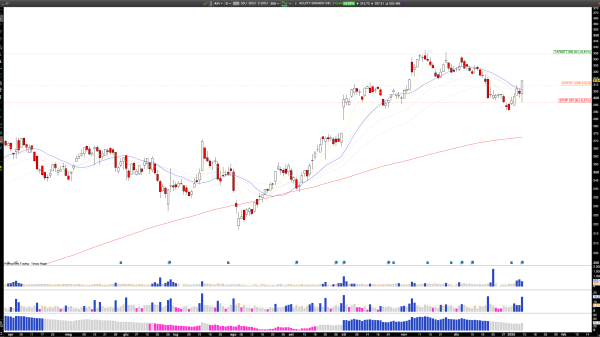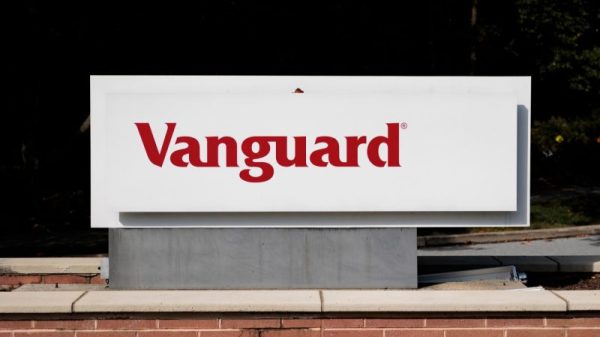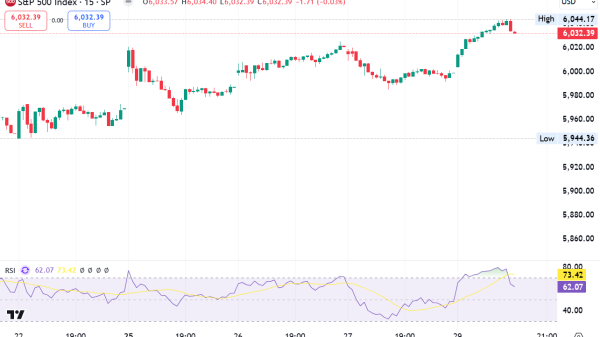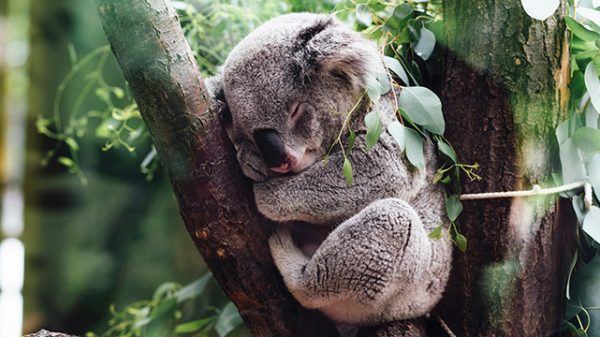LOS ANGELES – What should parents and students expect if the Supreme Court bans affirmative action in public and private universities? Consider the case of California, which banned race-based admissions in 1996.
Despite spending some $500 million on outreach programs to boost Black and Latino enrollment, the state’s elite universities still failed to improve racial diversity on campus. California even recently eliminated standardized tests — the ACT and SAT — hoping to reduce high-scoring Asian students from outperforming competitors, but it too failed to change the racial makeup of University of California (UC) students.
‘Despite its extensive efforts, UC struggles to enroll a student body that is sufficiently racially diverse to attain the educational benefits of diversity,’ UC wrote in an amicus brief to the court. ‘The shortfall is especially apparent at UC’s most selective campuses, where African American, Native American, and Latinx students are underrepresented and widely report struggling with feelings of racial isolation.’
In 2021, 54% of the state’s high school seniors were Latino, 5.4% Black. By contrast, UC’s incoming freshmen were 26% Latino – a 28-point gap – and 4.4% Black. At UC Berkley, just 20% of incoming freshmen were Latino, 3% Black. In all, there were just 228 Black students compared to more than 2,800 incoming Asian students out of a total enrollment of 6,750.
‘I’ve only met two other Black students within all of my classes that I’ve been in,’ Berkeley student James Bennett told Reuters.
Law professor John Powell, who is Black, added, ‘Everyone agrees. The fact is that admissions in college is uneven. Blacks are underrepresented, especially at a place like Berkeley.’
Today, the elite UC system’s nine undergraduate universities have been using 13 factors to build a freshman class. Their ‘holistic’ admissions review has included high school GPAs, class ranks, high school zip codes, family income and education, student essays and outside accomplishments.
Should the court ban affirmative action, education consultant Arvin Vohra predicted other universities will adopt the California model and develop algorithms or software to try achieving racial equity even if race is not allowed as an input.
‘The group that’s most likely to be helped by this decision are Asian American students, while you’ll see lower enrollment among Black and Hispanic students,’ said Vohra. ‘You can’t change your race, but you can change your activities. You can change your way of presenting your story.’
He predicted that colleges will use crime, demographic and poverty rates from a student’s zip code to help identify minority applicants. Elite schools could also see an increase in Black and Hispanic applications if other schools also drop the standardized test. California saw an 18% jump in those applications after it dropped the SAT and ACT.
‘A very high achieving Black or Hispanic student is going to be very in-demand,’ Vohra said. ‘We’ve seen this in private and public colleges. If you’re a top-level Black or Hispanic student, you’ll have a lot of opportunities.’
Already, even with affirmative action, top state schools are having a hard time finding minority students who could compete with higher-scoring Asian and White students. In a study of 101 of the nation’s most selective public universities, the Education Trust found Black and Latino students vastly underrepresented.
‘The overwhelming majority of the nation’s most selective public colleges are still inaccessible for Black and Latino undergraduates,’ the report concluded. ‘Over half of the 101 institutions earned D’s and F’s for access for both Black and Latino students.’
Some of the worst scores happened at each state’s flagship university. For example, at the University of Georgia, just 8% of incoming freshmen are Black compared to the 36% of graduating public high school seniors statewide. At Ole Miss, 8% of incoming freshmen are Black compared to 48% of high school grads. At the University of Michigan, the gap is smaller — 4% versus 17% statewide.
Hispanic enrollment is not much better. At the University of Texas, there is a 23-point gap between the incoming freshman class and the statewide average. At the University of Colorado Boulder, the gap is 20 points.
At UC Berkeley, it’s 34 points; 20% of the freshmen are Hispanic versus 54% of high school grads, according to the ‘Common Data Set,’ numbers provided annually by all the major U.S. universities.
If history is any guide, if the court bans affirmative action in higher ed, elite schools will likely see minority enrollment drop. That was true at Berkeley, where minority enrollment fell 40% post-Prop 209. At UCLA, freshman Black enrollment dropped from 7.1% in 1995 to 3.4% in 1998. Latino students dropped from 21% to 10% over the same period.
The average SAT score in 2022 was 1050. By ethnicity, Asian students average 1229, White students 1098, Hispanic students 964 and Black students 926, according to the College Board.
Without affirmative action, experts have said the score will take on added weight, unless the colleges adjust their criteria.
William La Jeunesse joined FOX News Channel (FNC) in March 1998 and currently serves as a Senior National Correspondent.





























